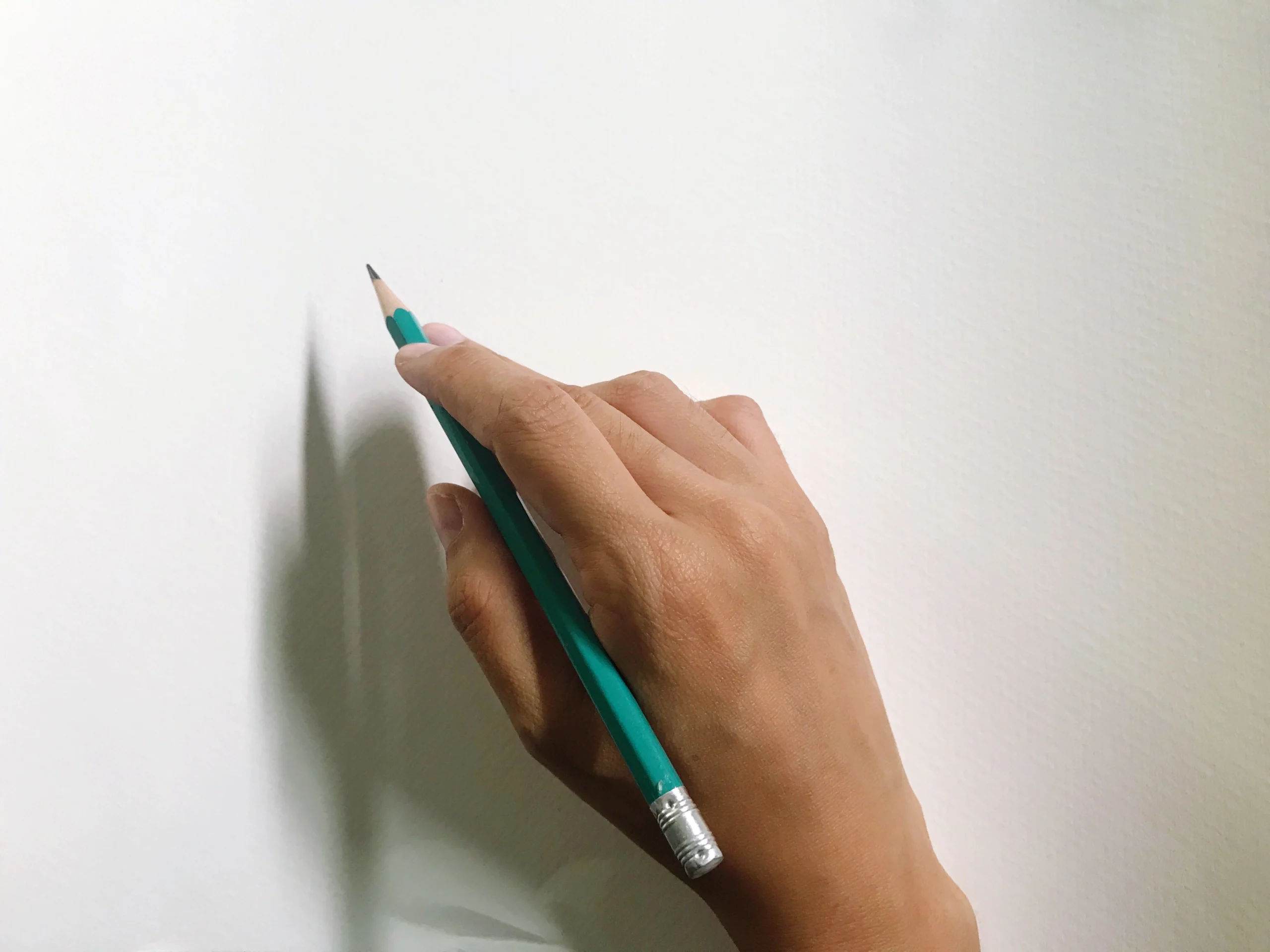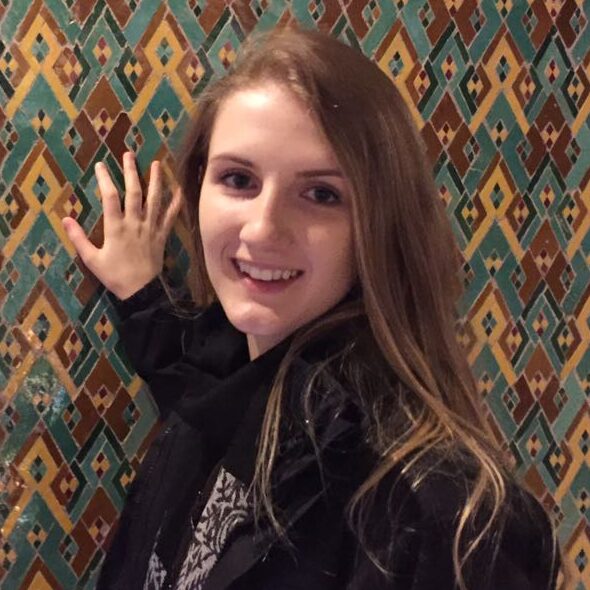Introduction
The Art of “Not-Doing”: Drawing with the Non-Dominant Hand is an invitation to embrace the unexpected and discover new creative paths. By trading technique for freedom, we embark on a journey of self-discovery that challenges our obsession with control.
This exercise isn’t about drawing “well” but about feeling. The art of “not-doing” shows us that when we let go of perfection, we uncover a more honest and intimate form of expression.
Whether you’re new to drawing or looking for ways to unlock your creativity, this article will guide you—through inspiration, science, and practice—to transform a simple sketch into a deep meditation on art, ego, and imperfection.
1. The Liberating Discomfort: Why Draw with the Non-Dominant Hand?
Drawing with your opposite hand is, at its core, an invitation to discomfort. The lines will shake, proportions will falter, and forms will seem off. But this visual “mess” is freeing, it forces us to stop chasing perfection and focus on the experience itself.
- You confront difficulty: even holding the pencil feels foreign.
- You rediscover the joy of experimentation, free from pressure.
- You create space for surprise, which only arises when control fades.
This sense of liberation brings us back to the joy of childlike scribbles, made just for the pleasure of seeing marks on paper.
2. Releasing Control: Vulnerability as a Creative Gateway
Using an unfamiliar hand demands vulnerability. What we often see as fragility- shaky lines, inexperience- is actually a doorway to deeper self-awareness.
- Vulnerability invites connection: your artistic limits allow real alignment between creator and creation.
- Actions become more sincere: without technique as a shield, intention comes straight from the heart.
- Mental barriers crumble: the fear of mistakes disappears when mistakes become part of the process.
In this space, you might uncover hidden emotions, buried ideas, or a raw personal style that rigid technique never allowed.
3. Silencing the Ego: When Technique Steps Aside
The ego craves achievement levels, awards, perfection. But with the non-dominant hand, ego loses its grip. Control slips away, and with it, concern for the final result.
- Technique fades: precision becomes irrelevant.
- Expression takes the lead: art stops being logic and becomes feeling.
- Creative humility is born: not knowing becomes an honest and essential part of the journey.
The silence of the ego may be the greatest gift of this practice, reminding us that art is a space of encounter, not just accomplishment.
4. The Beauty of Imperfection: Why “Wrong” Feels More Real
Looking at a wonky sketch or misplaced shadow might hurt until we recognize its power.
- Imperfection breeds authenticity: social media teaches us to hide flaws, but the shaky line breaks through the mask.
- Human traces reveal essence: our imperfect marks carry emotional weight.
- Delay becomes art: when your hand can’t keep up with thought, time stretches, and ideas deepen.
The “mistake” keeps the work alive. It shows the process, the human behind the image, the presence of the maker.
5. Brain Science Behind the Practice: What Happens in the Mind
There’s real science behind this creative mess:
- Neuroplasticity kicks in: using your non-dominant hand activates underused brain areas, enhancing focus, coordination, and mental flexibility.
- Motor engagement increases: different zones of the motor cortex light up in unfamiliar ways.
- Self-criticism takes a back seat: the brain is too busy learning to bother with judgment, freeing space for invention.
This cognitive-motor stimulation isn’t just good for art, it helps you think more creatively in life.
6. Meeting the Other Self: What the Experience Reveals
In the mirror of imperfect drawing, we meet our inner selves:
- You cultivate patience and kindness: learning to accept flaws without punishment.
- Judgment quiets: with no clear goal, comparison vanishes.
- New identity traits emerge: that unusual pattern could become your signature style.
It’s like reconnecting with a long-lost friend—one who moves differently but has always been part of you.
7. Beyond Art: What This Changes in Life
What begins with drawing expands into everyday life:
- Work: You approach problems creatively and flexibly.
- Personal life: You become more tolerant of error and uncertainty.
- Relationships: You listen more, judge less.
- Mental health: You learn to enjoy the process over the result.
This creative humility brings ease even to the smallest decisions, a crooked line becomes a chance, not a failure.
8. How to Practice: A Simple Guide to Start Today
- Gather your tools: pencil, pen, paper—keep it simple.
- Pick a subject: a mug, your face, the view outside.
- Draw slowly: let the lines come naturally, even if they’re shaky.
- Observe without judging: see each “flaw” as discovery.
- Note how it feels: write down any thoughts or emotions.
- Make it a habit: 5–10 minutes a day is enough to see change.
- Share and celebrate: showing your art affirms that imperfection connects.
9. The Value of the Process: Are You Willing to Not Get It Right?
Losing control is uncomfortable and that’s exactly why it matters. In a world of goals, metrics, and deadlines, the act of “not doing it right” becomes a protest: a decision to value the journey.
This simple exercise reminds us:
- Art lives in uncertainty.
- Creation exists before perfection.
- Too much control is a cage.
- Progress is showing up, not nailing it.
A Final Reflection
Giving space to your non-dominant hand means giving voice to your other self the one unafraid of failing, curious to explore without a plan, and capable of revealing a more human kind of truth.
Let this be your invitation: grab a pencil, embrace imperfection, and let that quieter part of you speak.
If this resonated with you, share your thoughts or better yet, share your most beautiful, wobbly sketch. Because it’s in the flaws that the real art lives.

